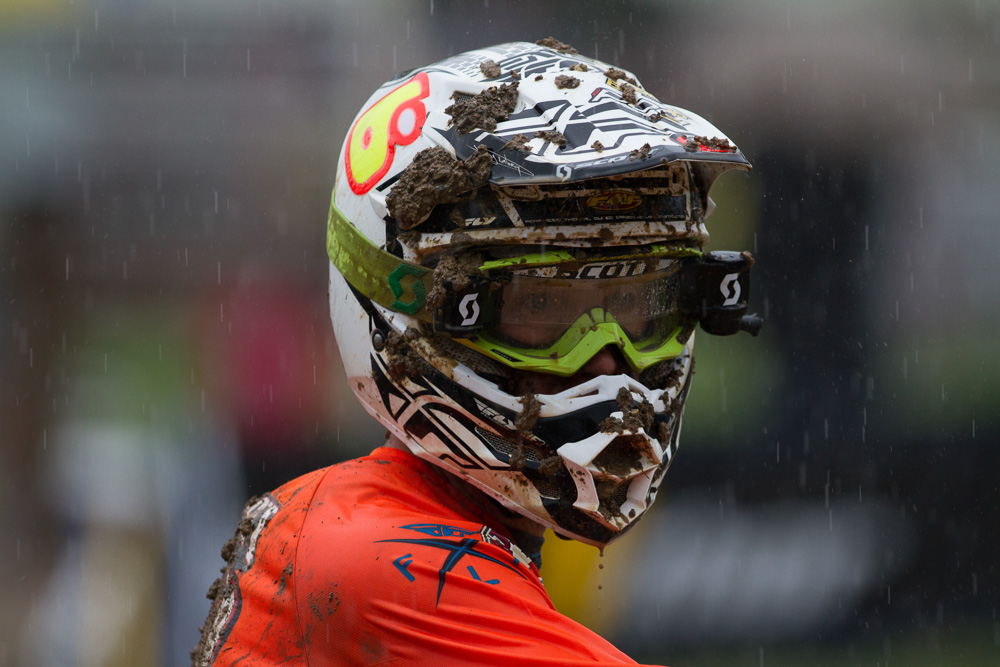Most people who know me well know that I love motorcycles, and most forms of motorcycle racing. I grew up riding dirtbikes in the Arizona desert, and watching my childhood heros Jeremy McGrath and Ricky Carmichael battle for Motocross and Supercross wins on TV. As you may have guessed, I also really love photography.
When I got the chance to photograph an AMA National with an official photo pass, I was ecstatic. I love the sport and I love photography, and I really love when two of my hobbies can intersect in a way like this.
After sorting through the details, renting and borrowing gear, and securing lodging, it dawned on me that I had no idea what I was about to get myself into. I had no idea what the assumptions were, what the rules were, or what it would take to cover an event like an AMA Motocross race. Granted, there was a mandatory media meeting the morning of the race to sort those things out, but I still felt like I was in over my head; because I was.
To compound my feeling of being in over my head, in the day prior to the race, the area received a massive rain storm that continued into race day. Motocross does not have rain days, rain delays, rain checks, or any other type of weather provisions that I am aware of. That meant that it would be go-time no matter what the weather was like.
As I went to the track to shoot the practice sessions, it was clear that staying dry or mud-free was out of the question. Instead, I had to embrace the mud and work through the rain if I was going to get any decent shots. After all, that is what all the professionals were doing.
Thankfully the sky cleared for the second set of Moto’s late in the afternoon, but not before thoroughly soaking the track and surrounding areas. What I saw from the riders that day was truly amazing. They overcame conditions that were brutal to both body and bike, and showed the results of years of careful training and development.
But what I saw from the imaging professionals that day was equally impressive. They spent the entire morning in mud, puddles, and rain shooting the practice sessions, and then all afternoon shooting the first and second moto’s; all while traversing wet, muddy hills and embankments with large amounts of equipment.
Next time you see a great image on your favorite website or print outlet from a difficult weather situation at a game or race, remember to give some credit to the imaging professional, who endured the elements as much as the athlete to allow you to experience that moment. As for me, I will tip my hat to the professionals, who make this look all too easy.













